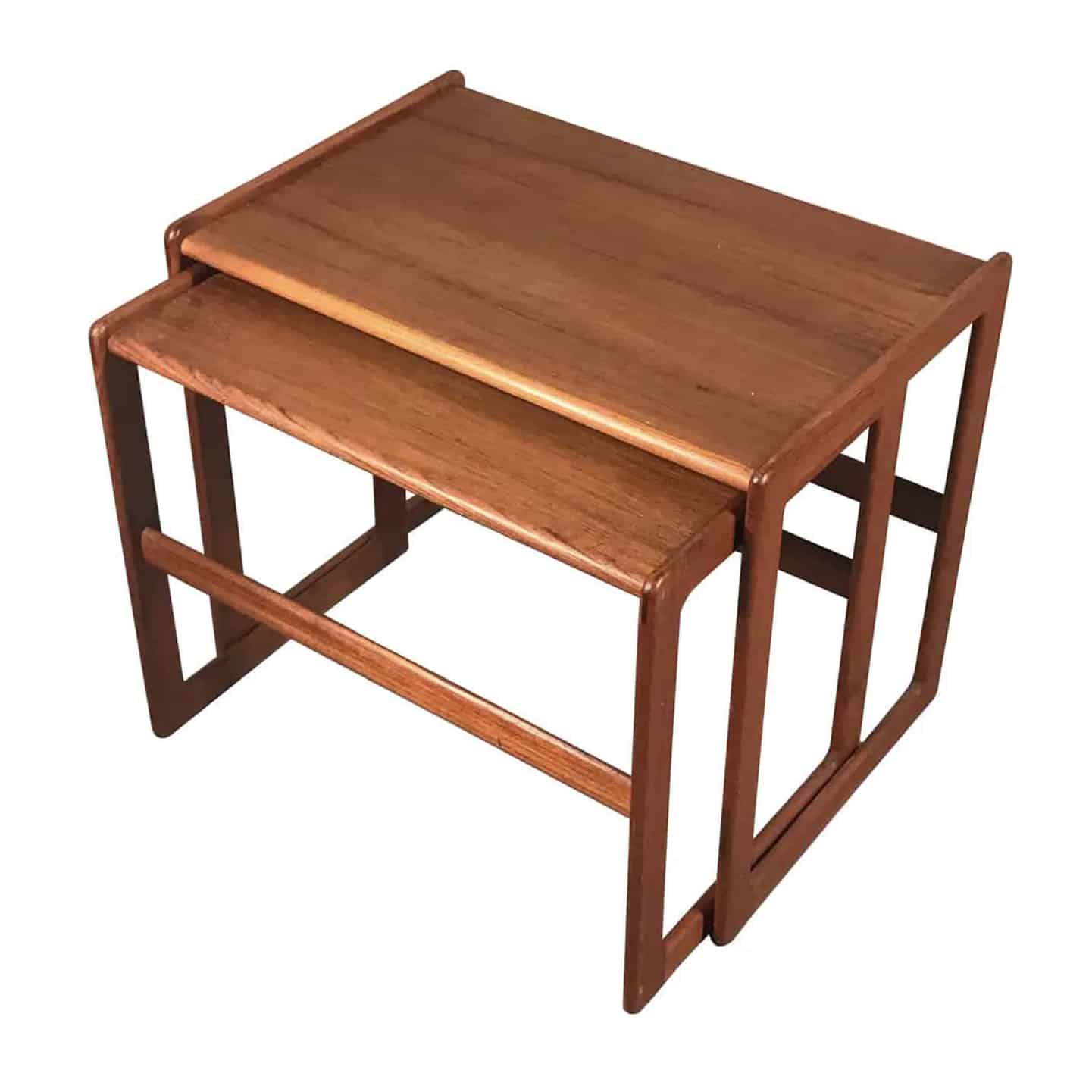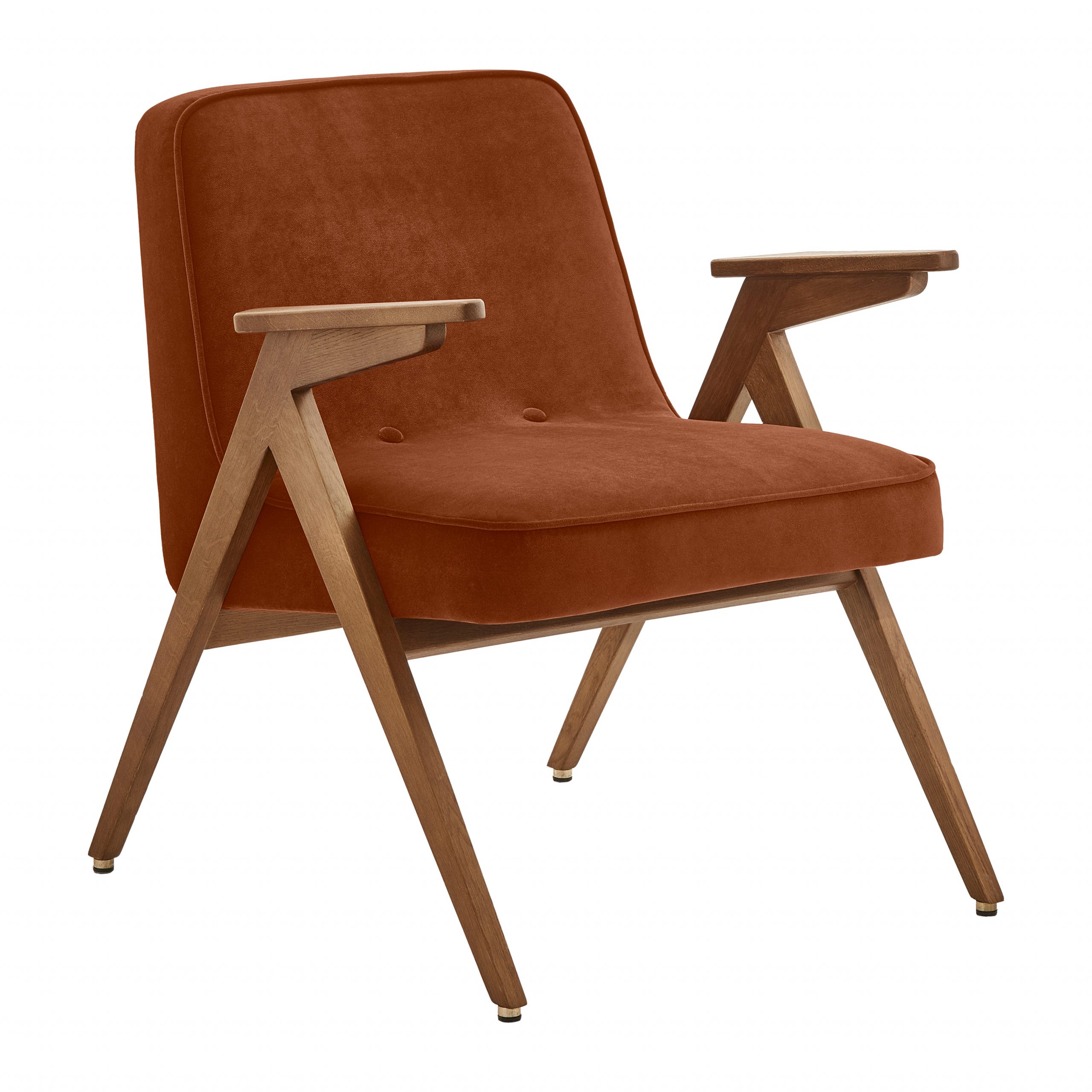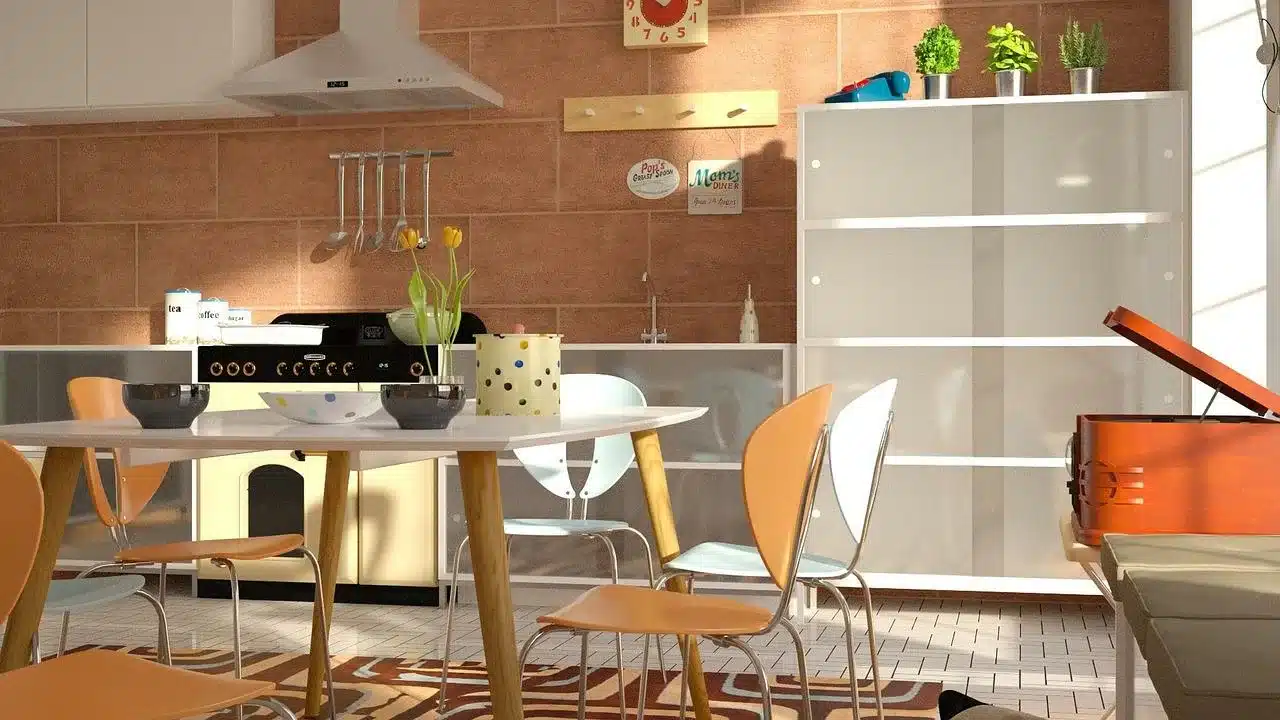Art Deco and Mid-Century Modern Compared December 21, 2022 – Posted in: Design, Lifestyle – Tags: art deco, mid century design
It is incredibly valuable to be able to distinguish styles from one another while admiring furniture, artwork, or architecture. Whether this affects your purchases or just personal taste, there is something you can learn about yourself just by browsing! That’s why we’re focusing on Art Deco vs Mid-Century Modern. Two fundamental 20th-century styles, that are essential to understand in the design world.
In this blog, we’ll take a closer look at the way these two essential periods feel from a design standpoint. Using objects from our catalog, we’ll give you plenty of contexts to identify these periods yourself and find the perfect fit for your interiors.
The Basics
Mid-Century Modern Style describes a period between the late 1930s and 1960s. It exemplifies simplicity in color and shape while embracing new materials and a bold new palette for the modern home. While many describe it as a very accessible style, do not mistake that for boring or bland! In fact, it forms the foundation for most furniture design in the modern world.
Art Deco style first appeared in France in 1910, but flourished across Europe and then in the U.S. in the 1920s and 1930s. The emphasis of this style is glamorous elegance and luxury across many artistic mediums. Art Deco design emphasizes geometric shapes and, like its precursor, Art Nouveau Style embraces new luxurious materials like exotic woods. The resulting aesthetic is one of wealth and splendor that became associated with urban power.
Essentially, both interior design styles were shaped by the social changes that accompanied their periods. While the Art Deco movement was one of the first to embrace industrial technology in design, Mid-Century aesthetics are shaped by machines, which changed the way modern materials, like plastics, were created or processed.
Let’s dive into the key differences between these styles.
Chrome to the Stage
On the heels of the First World War, many individuals rethought their approach to life and success in the context of a world radically altered by machines. The Parisian influence on the period can not be overstated. The International Exhibition of Modern and Industrial Arts was held in Paris and was the largest and most significant display of Art Deco. Note the terminology: “Modern and Industrial Arts”.
The “world of tomorrow” ethos dominated conversation and aspirations for many people at the time, Americans specifically. American Architecture of the period, including the Empire State Building and Chrysler building completed in the early 1930s, exemplified the forward and upward-driven motif of the era.
The futuristic, machine-driven aesthetic of the period is perhaps best encompassed in one of its most essential new materials: chrome. The high-gloss metallic sheen of the industrial product transformed the aesthetic of everything, from tables to buildings.

This Art Deco Bar Cart from 1925 Paris is an exemplary showcase of the simple, yet effective use of chrome in Art Deco designs. The streamlined and geometric qualities of this item communicate admiration for the modern machine, even though these pieces were not mass-produced. It is easy to imagine this item catering to a holiday party even today, with a delightful vintage feel and mix of materials.
Art Deco Accent Pieces

There is an abundance of innovative and thoughtful use of chrome in Art Deco design that is sure to elevate even the most minimal rooms. Imagine this Art Deco Wall Mirror in a bedroom, surrounded by pops of color from accent pillows and modern sheets. The chrome can bend and flex to absorb and reflect the palette you’ve already so thoughtfully curated. The unique and unexpected cut and shape of this piece once again reference the cutting-edge aspirations of the 1920s and 1930s.

Or take this Art Deco Floor Lamp, which includes a built-in walnut side table. This piece takes an essential piece of furniture and, using machine aesthetics, redesigns it from the ground up.
Understanding Mid-Century: The Modern Eames Chair
Mid-Century Modern styles share many core similarities with Art Deco while making essential departures in critical areas. Let’s consider an iconic piece from the period to understand the difference.
Charles and Ray Eames are considered some of the most influential designers in the modern field. They offered people products that would last across eras and decades, remaining timeless and classic. Post-war America led to an affluent and design-conscious audience for their works, and their careers flourished. Eames designs are strongly associated with the period as a whole.


Charles and Ray designed the Eames LCW chair in 1945. On Styylish, you can find both the black stained and birch laminated versions of these classic plywood chairs.
The smooth, clean lines of these chairs have really stood the test of time. Staple qualities of Mid-Century Design are on display here, from utilitarian material like plywood to the considerate incorporation of lumbar support. This chair, in fact, was the first time a responsive backrest was used in documented chair design.
Like an Art Deco piece, this chair uses a unique kind of geometry. Unlike Art Deco, that geometry is not in the details, but in the whole. Rather than featuring many small triangles, for instance, the overall build of the chair seems like a simple shape in and of itself. It’s even more minimal than Art Deco, which was more minimal than Art Nouveau before it. At the same time, it finds elegance in the celebration of simplicity, offering itself as a canvas for the things and people around it.
Style Variations in Tables: Art Deco vs Mid-Century Modern
Let’s play out a head-to-head comparison.

This pair of Mid-Century Nesting Tables by Morgen-Kohl from 1960s Denmark encapsulates the classic simplicity and beauty of Mid-Century modern design. Teak was a very popular material for Mid-Century designs, and these tables are made from the beloved solid teakwood.
Apart from their obvious functionality as nesting tables, they represent the rebellion against heavy ornamentation and flourish seen in prior centuries. These pieces were built with undeniably clean lines and a clear intention for use in modern homes.

This Pair of Art Deco Console Tables offers a similar aesthetic approach, within the confines of their period’s style. A similarly simple approach to line highlights the light shade of wood in comforting ways.
The pieces are distinct, however. Unlike the hyper-simplified, functional focus of the mid-century pair, the Art Deco pair is slightly more ostentatious. The surface features ornamental details, including the dark stripe on the bottom shelf, and metallic shades on the front drawer. The design adds unique geometric character with cylindrical front legs and rectangular back legs.
At the hand of these objects, we can see a clear transition. The intervening Bauhaus and International Style movements delineate the development from geometric patterns to clean contemporary design, both in furniture design and architecture.
Timelessness: Art Deco vs Mid-Century Modern

One thing is certain: you cannot go wrong incorporating either of these styles in your 21st-century home or office. Imagine this Mid-Century Armchair, “Bunny” as the final touch to a shared common space, next to a glass side table or positioned near a wooden coffee table. This solid oak piece designed in 1960 in Poland has an indisputable adaptability.

Art Deco achieves this as well. A home office space would be complete in one swing with the Executive Desk and Chair, perfected with rosewood veneer and leather. The asymmetrical geometric design adds intrigue while maintaining classic forms.
We hope the takeaway you gain here is that both these styles can belong in your home. Understanding the commonalities and differences between them only builds a stronger foundation for your personal taste. For ideas an inspiration on your interior makeover, check out some of Denzilla’s ranges, like the Mobel Oak collection, the Qing inspired Nines collection, and the subtle grey Signature collection!


